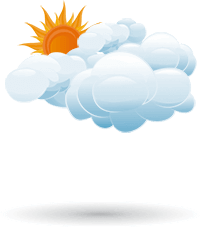I was getting things ready to help with the Kiwanis Pumpkin Dash 5K this week and it made me realize what equipment it takes to put on a race.
The San Marco Runners Club over the years has put on hundreds of races. I had the Better Half Marathon for 33 years and setting up the course and finish line in the beginning was rented by companies that put on races.
The club under the leadership of David Alexander started to buy some of the equipment for the club to cut back on the cost of putting on a race. Using some of the money the Runner’s Club made from the Country Roads 10K race the club started to buy some race equipment. First up was a race clock to upgrade the one McCoy’s Lumber bought for the club around 1985. David bought a software program that made it easier to determine the runners that won awards. David and I made direction arrows and mile markers. Trial and error led to some durable wooden signs.






